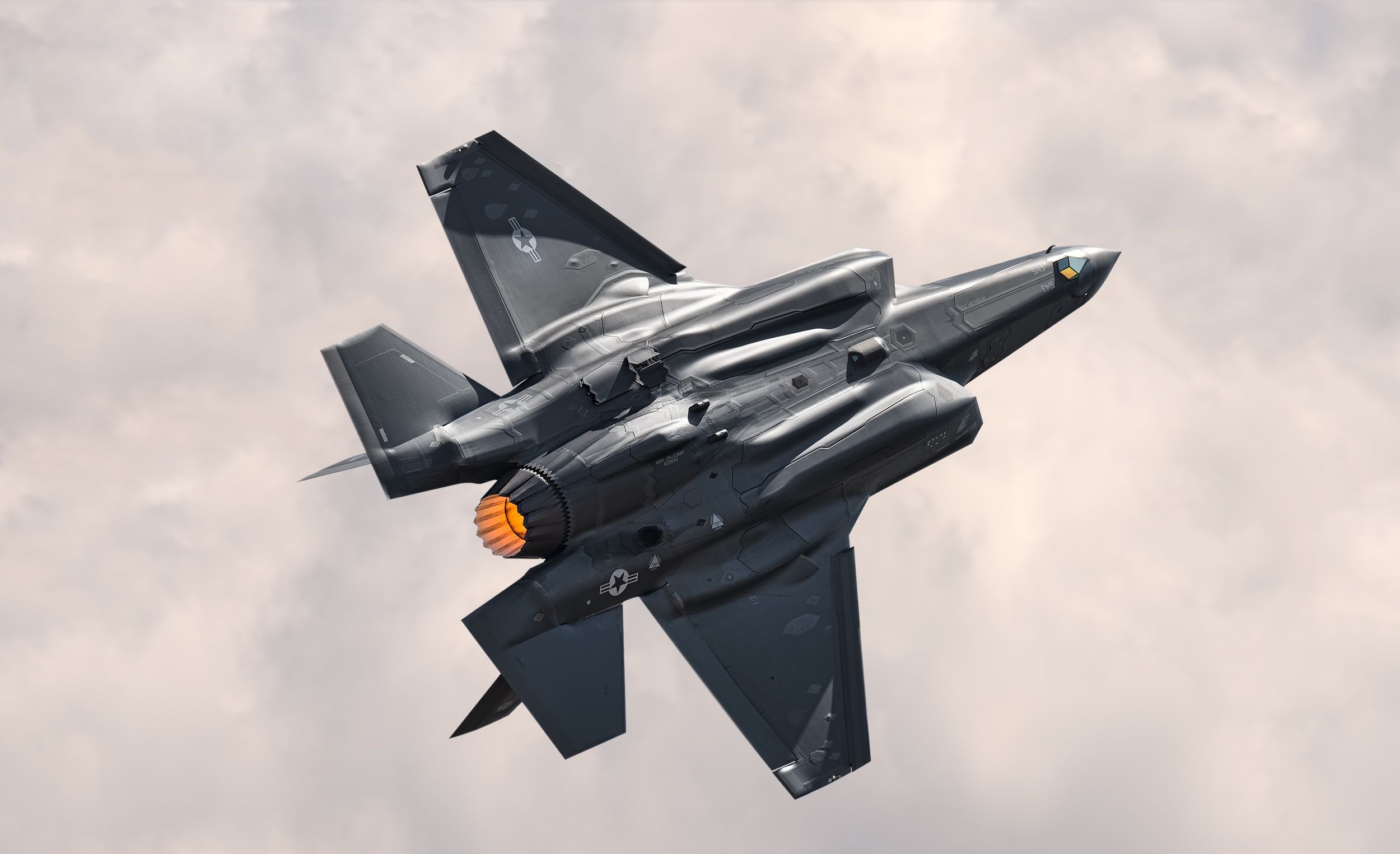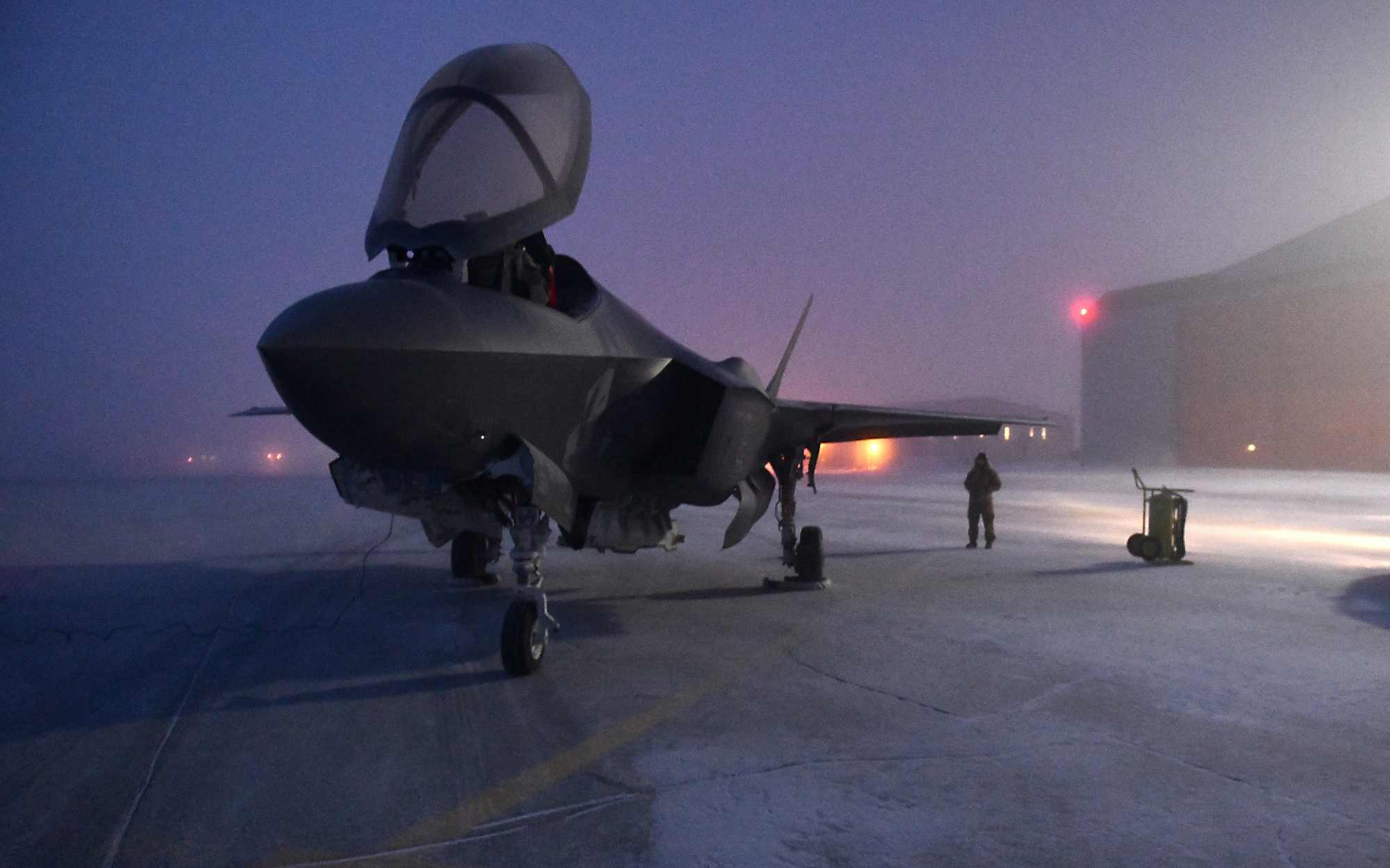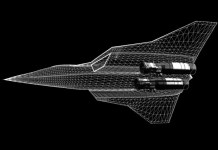The Chinese J-20 Mighty Dragon is outnumbered by the F-35 Lightning II stealth aircraft in the Indo-Pacific as more nations start to acquire cutting-edge jets. However, a major issue keeps F-35s on the backfoot.
The J-20 is catching up fast. Janes reported that China’s PLAAF has rapidly expanded its fleet of Mighty Dragons, with 12 air brigades equipped as of May 2024.
The F-35 Lightning II is regarded as one of the most valuable military assets in the US military and the most valuable with allies that operate the Lockheed stealth fighters. A study conducted by Chinese scientists earlier this year assessed that the F-35 would pose a bigger threat to China than the F-22 Raptors.
The stealth fighters are considered essential for a clash against China, specifically to penetrate its Anti Access/Area Denial (A2/AD) network. With its advanced stealth features, the F-35 is designed to evade detection, making it a valuable asset for conducting pre-emptive strikes.
Furthermore, the F-35 has sophisticated sensors and communication systems that enable it to collect and share critical intelligence with other assets.
China also has a fifth-generation stealth aircraft, the J-20 Mighty Dragon, which is believed to be an answer to the US stealth fighter jets. Although the F-35 has been widely adopted by U.S. allies and boasts superior stealth capabilities, the J-20 is still a force to reckon with
According to some reports, China has already produced some 200 J-20 fighters, much less than what the US-based Lockheed Martin has produced and delivered. Thus, the Chinese People’s Liberation Army Air Force (PLAAF) is outnumbered by the USAF in terms of stealth aircraft.
Having said that, even though there are more F-35s in service with the USAF, their readiness remains a pestering issue.
The F-35 Trails Combat Readiness Expectations
A new Government Accountability Office (GAO) assessment states that the USAF increased operations and maintenance budget over the last six years to maintain its F-35A aircraft, yet readiness falls short of expectations.

The government watchdog discovered that although the Air Force is paying more and more to maintain its whole fighter fleet, mission capability rates—which gauge the proportion of time each aircraft can complete at least one of its missions—have only moderately improved.
According to the GAO, the US Air Force’s fighter variant, the F-35A, “did not meet its mission capable goals in any of the years we reviewed.” The Marine Corps and Navy’s F-35B and F-35C versions also fell short of their objectives throughout the six years. The Pentagon spent $12 billion on operations and maintenance between fiscal 2018 and 2023, according to the watchdog report.
The report states that the F-35’s operations and maintenance cost the Air Force $7.46 billion, the Marine Corps $2.75 billion, and the Navy $1.87 billion.
Annual spending in this area increased significantly between 2018 and 2023, and in certain cases, services used more funds than were originally requested. However, none of that could significantly alter the F-35’s combat readiness across the three services.
The recent findings are in line with previous assessments, in which GAO and other authorities noted that less than half of the F-35 fighters that are supposed to be ready for combat at short notice were found to be combat-ready.
To overcome the readiness issue, the F-35 Joint Program Office (JPO) launched the “War on Readiness” program last year. The program sought to increase the aircraft’s mission-capable rate by 10% by the end of March 2024. However, according to officials, readiness increased by a mere 2.6% in that year, reaching 55.7% from 53.1%.
Earlier, Lt. Gen. Michael Schmidt, F-35 program executive officer, told reporters: “We’re not where we need to be on our mission-capable rates, but we have put the elements, I think, into the system that has shown us a path of how we can get there.”
However, as the latest GAO report garnered extensive media attention, Schmidt told Business Insider that “the F-35 is proven in combat and performing for 14 military services around the world today.” He further added, “As the cornerstone of the future fighter fleet, the F-35 enables the warfighter to dominate the skies in the most challenging combat environments against the world’s most capable adversaries.”
Schmidt, nonetheless, assured that rates are often higher when repair materials and spare parts are available and that his agency is collaborating with the Pentagon and industry partners to increase mission-capable rates. “With this in mind, I am not satisfied with our readiness today—and our team is doing everything in its power to drive availability to levels our users expect,” he emphasized.

Earlier this year, during his first appearance before Congress as the F-35 Program Executive Officer, Air Force Lt. Gen. Mike Schmidt expressed his dissatisfaction that only half of the US Joint Strike Fighter fleet was operational as of February 2023. At the time, he stated that as of February, 53.1% of the fleet’s more than 540 F-35s were operational on a monthly average.
In September, Schmidt announced that 21 of the 40 former “top degraders” of readiness are no longer at the top. However, authorities claim that there are still two major issues impeding F-35 readiness.
Schmidt told Congress in April that if the program can solve those two issues, the fleet-wide mission capability rate would rise to above 70 percent. The JPO will not reveal what exactly those issues were.
However, it is widely known that the F-35 has had several maintenance issues for a long time, such as delays in depot maintenance, shortages of spare parts, significant reliance on contractors, and difficulty accessing technical data for repairs.
According to Air Force authorities, the dismal picture is exacerbated by changes in the calculation of mission competent rates, which are only one method of gauging readiness across several units.
Having said that, the mission readiness availability is just one of the many controversies that the F-35 has remained mired in. For years, the jet has struggled with skyrocketing expenses and readiness issues. A GAO assessment released earlier this year stated that the aircraft’s availability has decreased since the full life cycle of the F-35 has grown over $2 trillion.
Earlier, the EurAsian Times explained in detail how some technological issues in the F135 Pratt & Whitney engine were affecting the aircraft’s readiness rate.
While several deficiencies have been overcome and disruptions have been fixed, little has changed. This has triggered fears among military watchers who fear that a Chinese invasion of Taiwan could happen as soon as the end of this decade, and it will potentially lead to a wider conflict involving the United States and its regional allies.
The F-35 was not the only aircraft that faced readiness-related troubles. “None of the 15 tactical aircraft variants met their mission-capable goals in fiscal year 2023. Only two—the F-15C and the F-16C—met their annual goals in at least half of the years since fiscal year 2018,” the GAO said in the report.
None of the Air Force’s F-15E, F-22, and F-35A aircraft ever achieved their target mission capability rate during the time frame. While the A-10, F-15D, and F-16D all achieved their objectives once, the aging F-15C and F-16C fleets did it just three times–impacting the USAF’s overall readiness and mission availability amid the burgeoning China threat.
- Contact the author at sakshi.tiwari9555 (at) gmail.com
- Follow EurAsian Times on Google News




